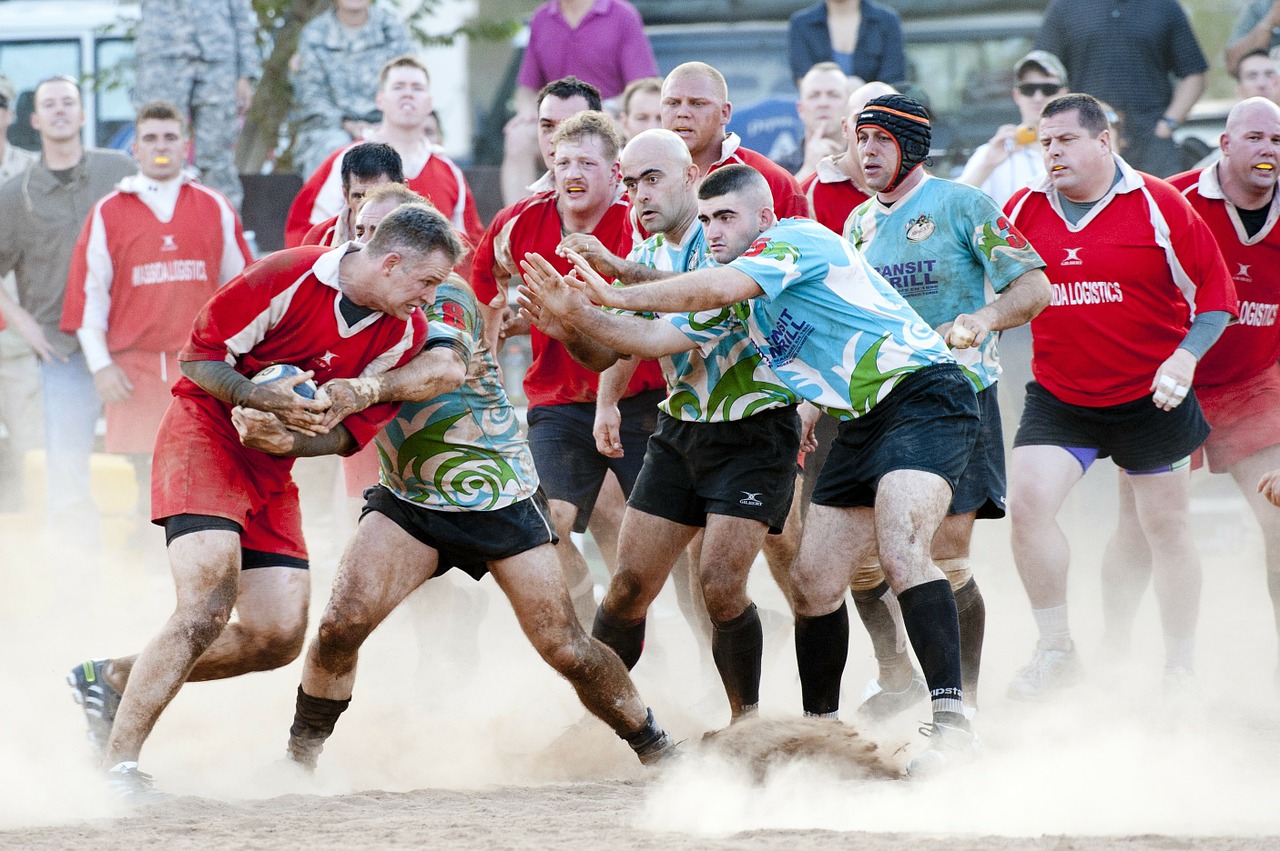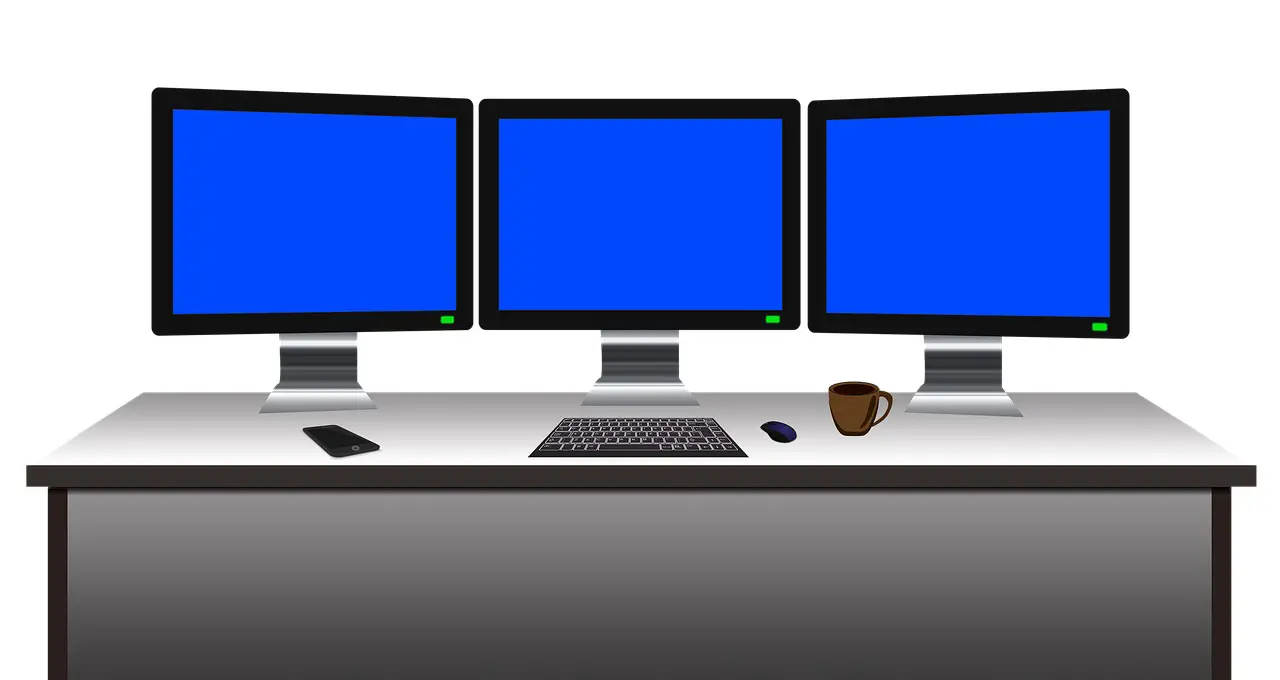
It’s about that time of the year. You have recently matched into your internship or are about to move on to your radiology residency. And, it’s time to choose a place to live. You are probably not sure about the areas; many choices await you or your loved ones. Do you move close to your residency where not much happens? Or, do you live in a more cultural part of town? How about living closer to where you and your spouse want to be? How much should you spend? Is the area safe around the hospital where you are going to work? Many of you will face these questions over the next several months as you start your search for a place.
Out of all those questions, what is the most critical decision? Of course, you can stare at the title and probably come up with the conclusion! But, it is true. Make sure to prioritize living reasonably close to your residency site. Let me give you some good reasons for making this a significant priority during residency.
Every Minute On The Road Reduces Your Time To Study And Family Time
Time is one of your most valuable commodities as a radiology resident. You need it to study, spend time with family, and accomplish all the goals you set out to do. However, the farther you decide to live, the less time you will have for fitting all these critical activities into your schedule. Especially when you have very little, to begin with. Does it matter if there are tons of theaters nearby if you can rarely get to them because you need to study for your boards? Probably not!
Paying Up Now To Be Closer May Make The Difference Between Owing More Later!
If living close to the hospital costs more, it may pay for itself eventually. Let me explain. Living far away has many additional costs. Remember you have to factor in other expenses as well. There is the gas price (now at a record high!). And, of course, there is also the price of not passing the boards because you do not have the time to study. So, consider keeping close to the residency program site if you can!
If You Live Far Away, The More Exhausted You Will Be
Trust me. This factor is critical. I used to drive an hour or hour and a half to get back and forth to work. And, you don’t realize the tax that your will body will encounter with all that driving time. Traffic can become very frustrating. And, there is always a risk of getting into an accident late at night when on call.
Moreover, sitting for so long is not so great for you either. It’s a recipe for bad health and exhaustion. You can avoid all this by renting nearby!
More Things To Do, More Distractions!
Perhaps, you will have lots to do when you live in the city’s heart, possibly far from your residency program. But, that may come at the expense of the time you will need to study and participate in the residency program. Distractions can take a toll on the constant need that you will have to learn radiology. So, consider this when you make your final decision about where to live.
Emergencies Happen
And, finally, of course, invariably, you will have emergencies at work that will happen. Maybe you forget your bag at work. Or, you need to help to cover a colleague. Whatever the case may be, it can be very challenging to take care of these events when you live far from the hospital!
Don’t Live Far Away During Residency!
Residency is a time to hunker down and complete all the requirements you need to succeed in your prospective field. Why jeopardize your future by making it more difficult for yourself now? Living far away can reduce the time for work and life, increase expenses, augment exhaustion and distractions, and make it much more difficult in an emergency. So, if you have to pick the most critical issue about selecting a place to live, it is to live closer to your new job. It will make a world of difference!















